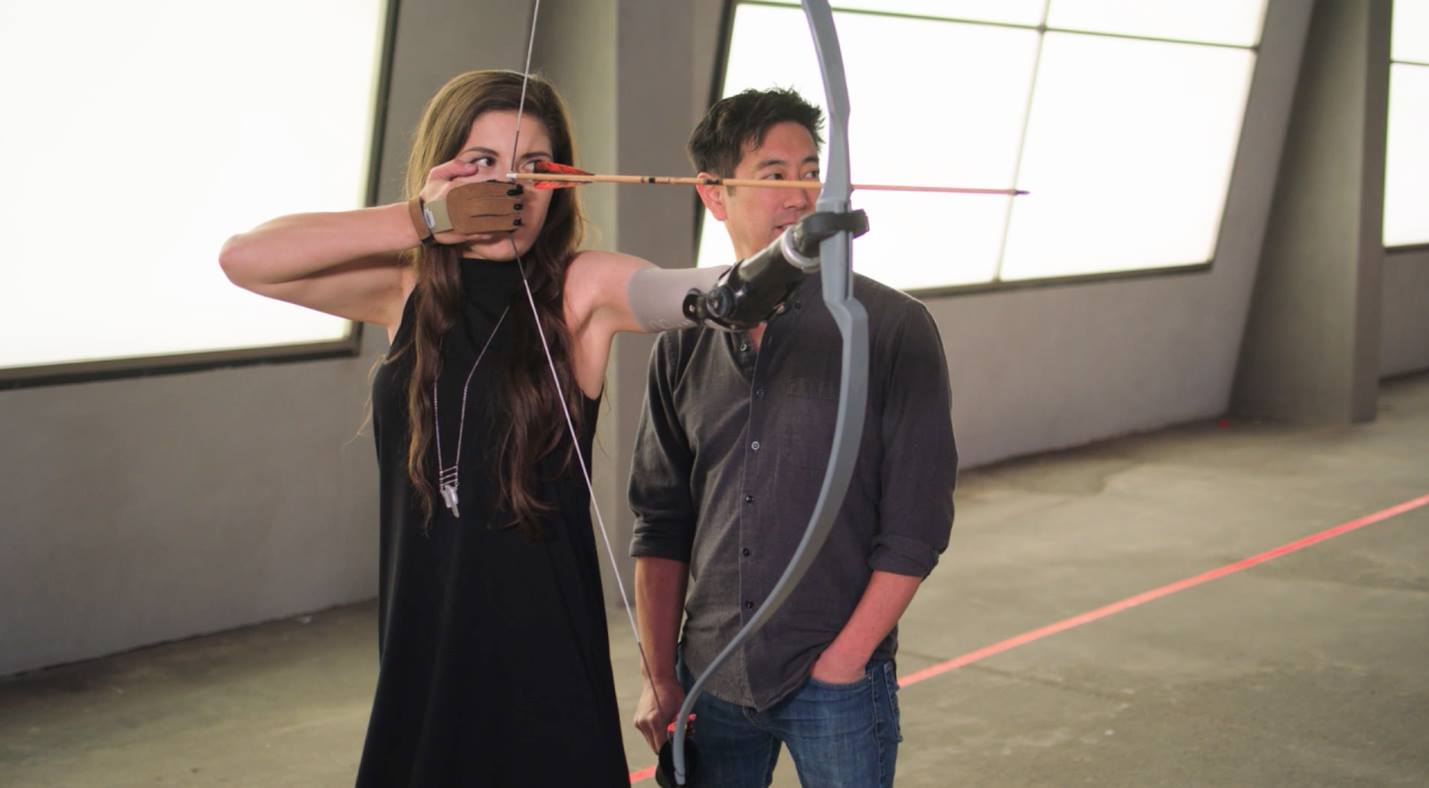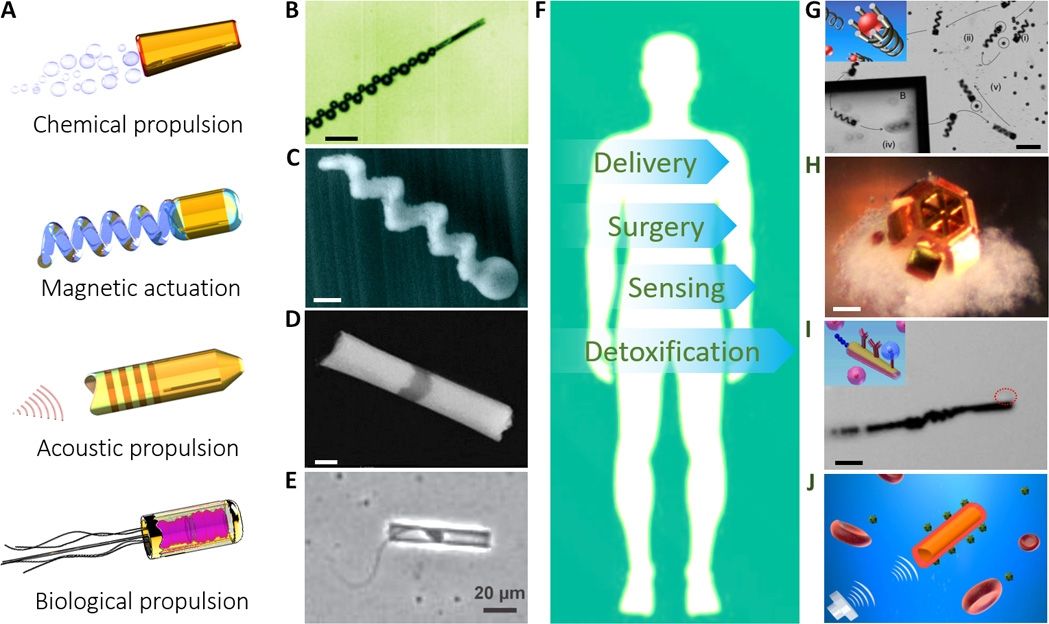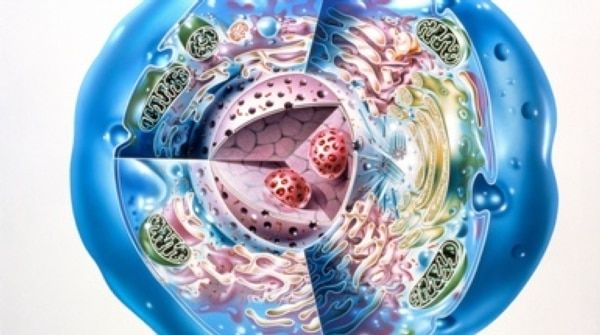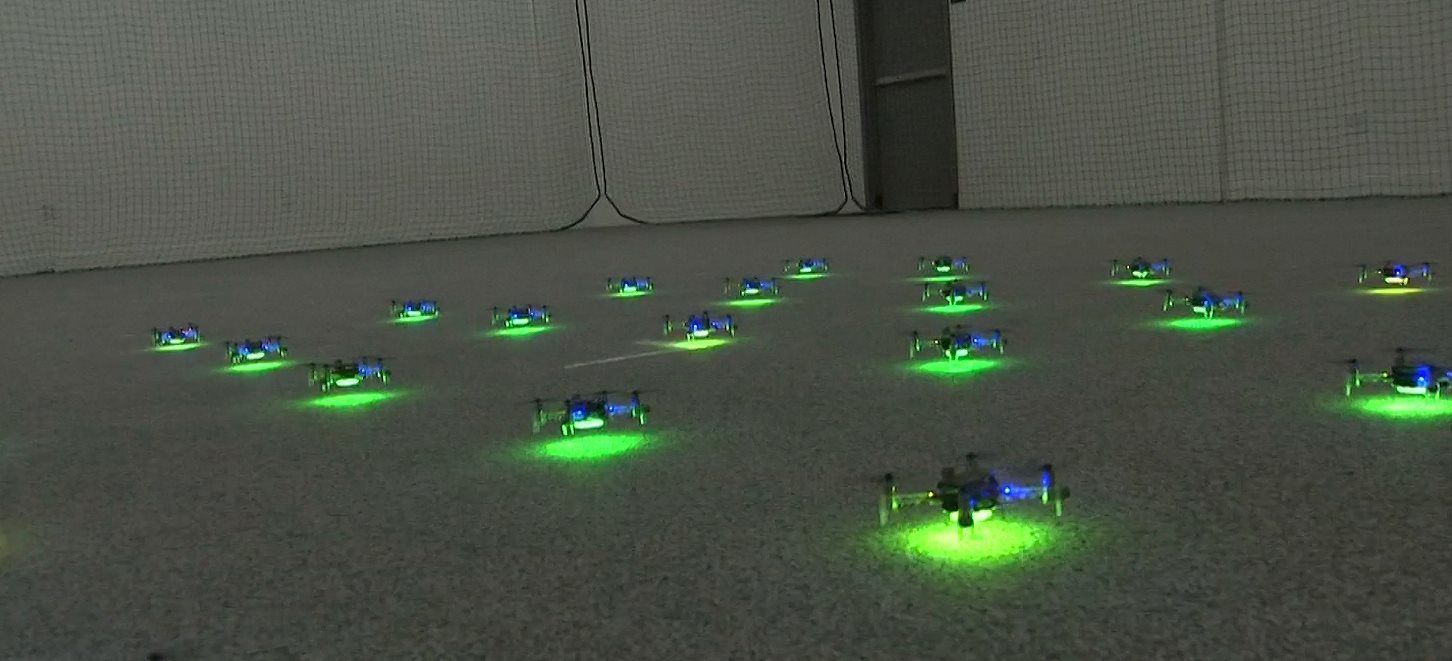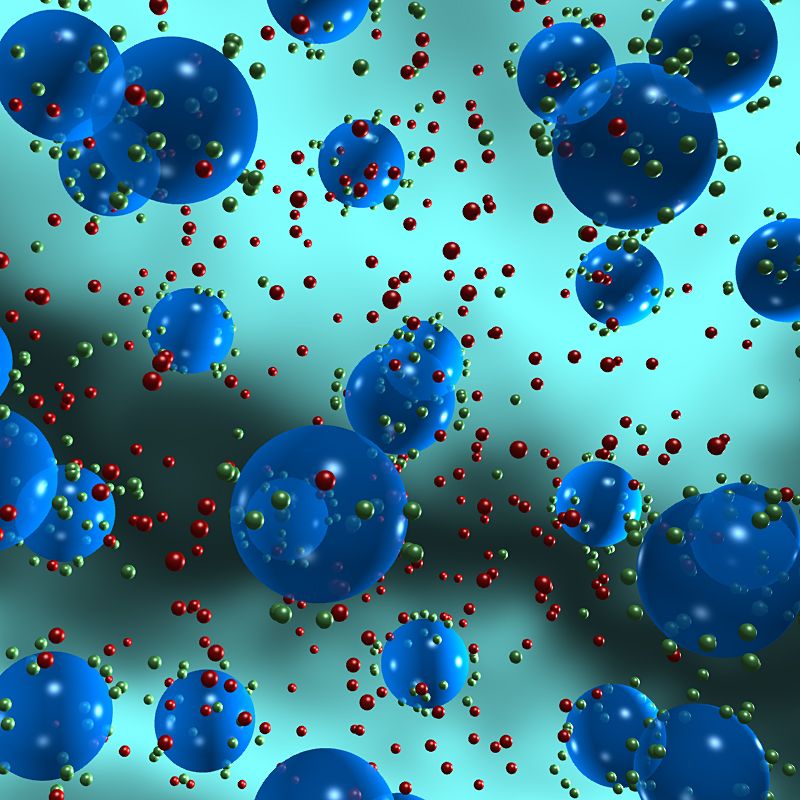China is working on a new way to launch its rockets.
Micro- and nanoscale robots that can effectively convert diverse energy sources into movement and force represent a rapidly emerging and fascinating robotics research area. Recent advances in the design, fabrication, and operation of micro/nanorobots have greatly enhanced their power, function, and versatility. The new capabilities of these tiny untethered machines indicate immense potential for a variety of biomedical applications. This article reviews recent progress and future perspectives of micro/nanorobots in biomedicine, with a special focus on their potential advantages and applications for directed drug delivery, precision surgery, medical diagnosis, and detoxification.
NASA scientists have proposed a bold plan that could give Mars its atmosphere back and make the Red Planet habitable for future generations of human colonists.
By launching a giant magnetic shield into space to protect Mars from solar winds, the space agency says we could restore the Red Planet’s atmosphere, and terraform the Martian environment so that liquid water flows on the surface once again.
Mars may seem like a cold, arid wasteland these days, but the Red Planet is thought to have once had a thick atmosphere that could have maintained deep oceans filled with liquid water, and a warmer, potentially habitable climate.
Diamond-based imaging system uses magnetic resonance of electrons to detect charged atoms.
- By Sara Reardon, Nature magazine on March 7, 2017
Coordinated drones
Posted in drones
Scientists are beginning to realize that many cellular behaviors, such as metastasizing cancer cells moving through the body or wound healing, aren’t random events, but the result of coordinated actions by cells.
Such collective cell movement requires communication, and a new study shows that cells are most effective at communication when they aren’t tightly packed together. This was a surprise, says Andrew Mugler, a Purdue University assistant professor of physics and astronomy who studies cell behavior.
“Our hypothesis was proven wrong,” Mugler says. “Our hypothesis was that cells that are closer to each other should experience a sensory improvement. Instead, we found that long-range communication was better, even though it meant that cells had to be receiving weaker communication signals.”


